Speech Therapy Approaches
Articulation Approaches
Traditional Articulation Therapy: Starting by working on the sound in isolation, then moving to syllables, words, phrases, sentences, and then conversation. More cues are provided at the beginning and then faded as therapy progresses.
Naturalistic Speech Intelligibility Intervention: During natural activities, the child’s words with errors are repeated correctly when the child is most likely to repeat them but the child is not demanded to do so.
Contextual Utilization Approach: Targets are selected based on the other sounds surrounding the target sound, since some speech sounds are produced in syllable-based contexts in words, certain contexts can facilitate the correct production of a specific sound.
Phonological Approaches
Cycles Approach: For children that are highly unintelligible, frequently leave out sounds, replace some sounds with other sounds, and don’t use many different consonant sounds. Each phonological process is targeted for a few sessions and then the next process is targeted. The processes are cycled in and out as therapy progresses.
Minimal Pairs: Minimal pairs are words that only differ by one sound, so if a child demonstrates the phonological process of gliding and makes the “w” sound instead of the “r” sound, the child may be shown 2 images, one of a ring and one of a wing. This helps to establish contrasts that are not yet present in the child’s phonological system.
Apraxia Approaches
Dynamic Temporal and Tactile Cueing (DTTC): DTTC is a treatment method for children with severe CAS. It is a motor-based approach in which the therapist selects word targets to shape movements of the mouth that are necessary for speech. Focus is on the movement, not a specific sound. (For more information click here)
Rapid Syllable Transition Treatment (ReST): ReST is an approach for children with at least 4 consistent consonant and 4 consistent vowel sounds (mild-moderate CAS). Target words are non-words and target complexity is determined by the child’s current abilities. Using non-words allows children to concentrate on their movements and not let the engrained errors of old words affect their productions. Children learn how to say the correct sounds, with the correct beats (speech rhythm/stress/prosody) and to say the words smoothly (to join all the sounds together fluently). (Click here for parent handout)
The Kaufman Speech to Language Protocol (K-SLP): The K-SLP methods shape the child’s best approximation of words toward full adult forms of words. For example “muh” to “mmmmm-eee” to “me”. More complex syllable shapes and sounds are introduced as the child’s accuracy improves.




